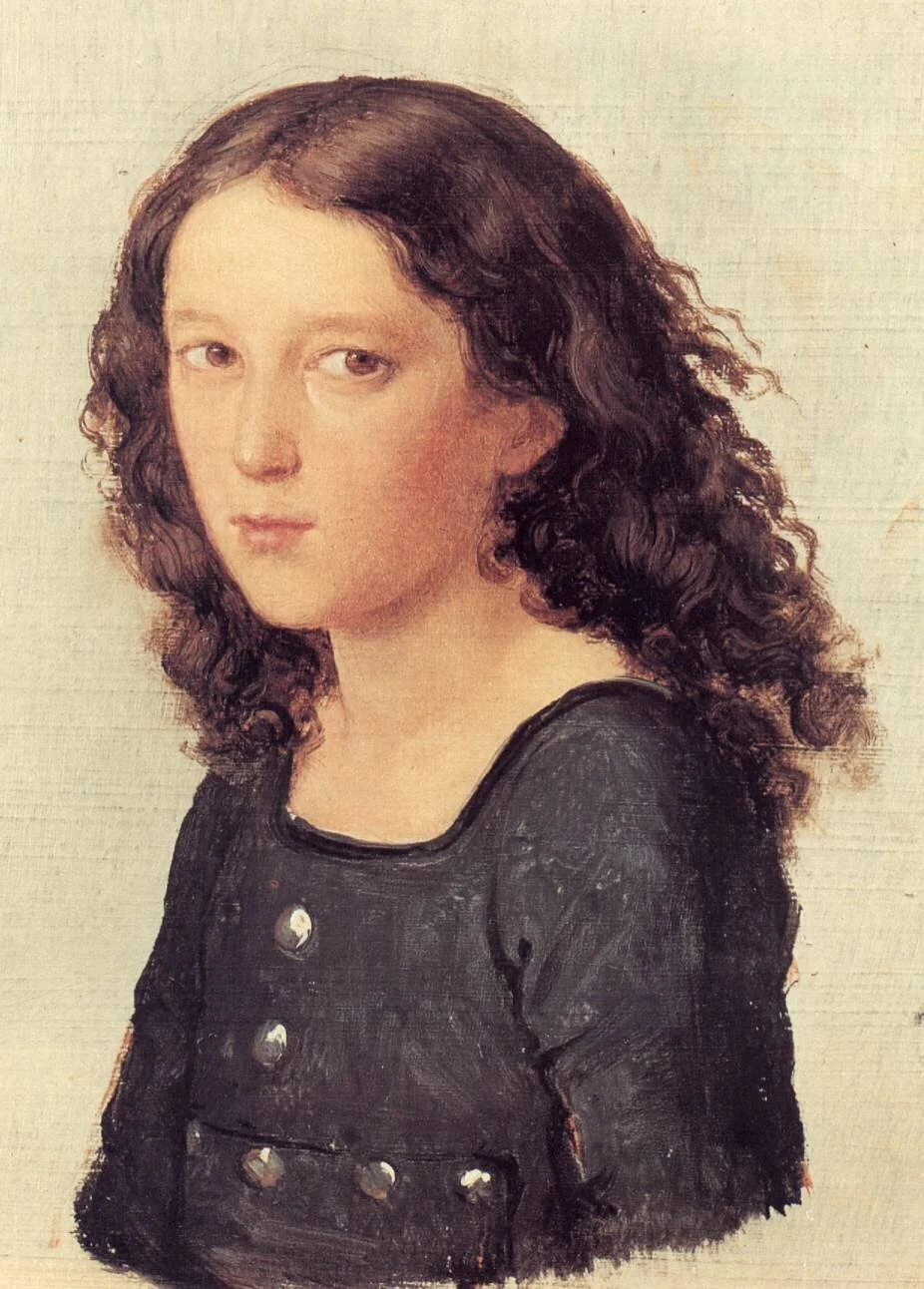Mendelssohn Musings - LEICHT UND LUFTIG
Today I would like to share with you some thoughts (and a performance!) of a piece I have been working on. This one is quite a discovery for me and has given me a lot of fun things to think about:
Felix Mendelssohn's Seven Characteristic Pieces, Opus 7.
The pieces were written as early as 1825 when he was just fifteen years old.
Mendelssohn aged 12 (1821) by Carl Joseph Begas
For my upcoming CD project WIND, I selected the last piece of the set called LEICHT UND LUFTIG (light and breezy). I love the piece and the title as a perfect addition to my collection of compositions about wind.
LEICHT UND LUFTIG breathes that special fairy atmosphere so typical for Mendelssohn. It is a great conclusion to a set of character pieces.
The fascinating and highly unusual feature of LEICHT UND LUFTIG is its very last line:
Written in the bright and fun key of E-Major the piece ends in MINOR!
Let’s take a closer look:
In music, the two modes of major and minor are often described as happy and sad.
Even though happy and sad may seem like very simplistic definitions, the terms help establish the basic difference between the main modes of music.
Many works written in a minor or “sad” key will find a “happy” ending in the major mode. The listener’s experience gets lifted up at the final cadence (think: silver lining to an otherwise dark mood).
But LEICHT UND LUFTIG is written entirely in E-Major, and only in the last line turns to minor.
There are actually only a handful of pieces that dare to turn “sad” after being entirely in a “happy” state of mind.
One famous example is the Rhapsody in E♭-Major op. 119, no. 4 by Johannes Brahms. A mostly march-like and encouraging character piece, the Rhapsody is always kept in the major mode until the arrival of the final chords in minor.
Maybe it is understandable that Brahms concludes in the minor mode what would become his very last piano solo piece.
But what about young Mendelssohn?
What was Mendelssohn’s motivation to end a most light-hearted scherzo with a line of minor arpeggios?
Was it teenage depression, a dare for his composition teacher, was it a play with the number seven (he writes the last seven measure of op. 7 no. 7 in e-minor)?
The ending of Mendelssohn’s Op. 7 no. 7
We might never find out why Mendelssohn chose a minor ending for LEICHT UND LUFTIG.
Performing this piece with its unusual ending is such a joy, and I love re-inventing my interpretation for each concert.
I hope you enjoy this recent performance of LEICHT UND LUFTIG with its unexpected ending in e-minor!




